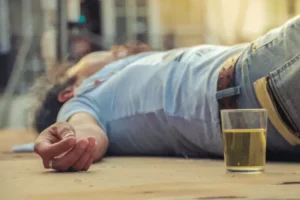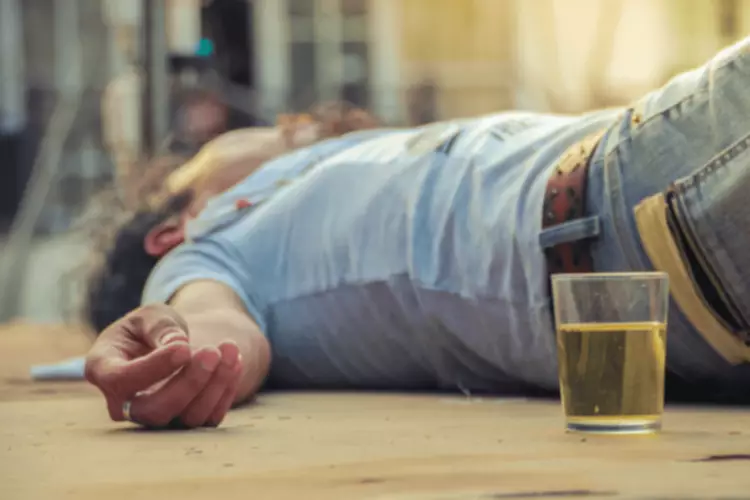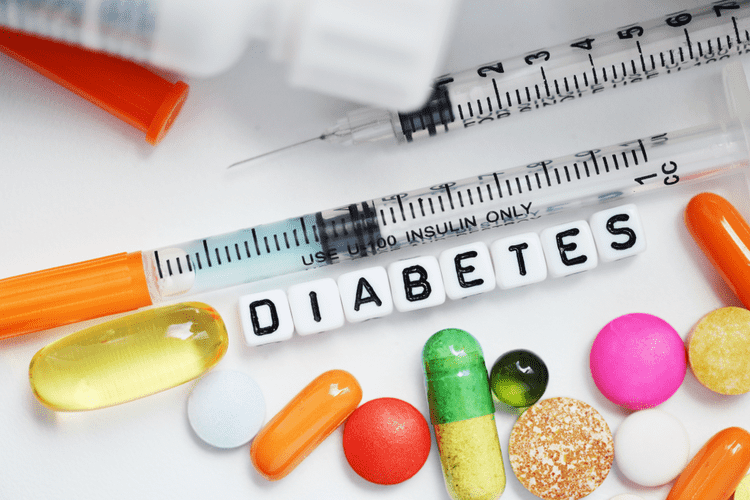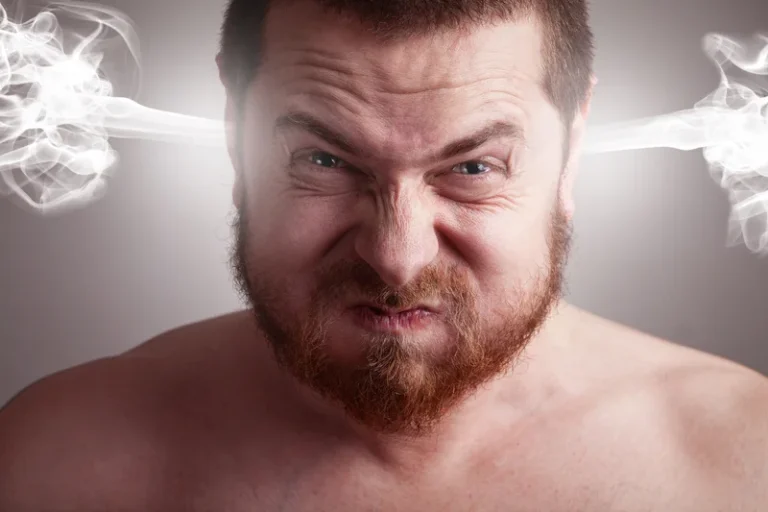
This can affect anyone at any given age, but it takes a tool mostly in adolescents because as they try to develop friendships and fit in, they end up falling prey to social pressure. To seek social acceptance they end up imitating behaviors of the same social group, i.e wearing the same clothes as their friends, listening to the same music, and watching the same tv shows. Ultimately, how to tackle peer pressure uplifts or undermines the intentions and methods. Positive pressure empowers choice; negative pressure limits it. Below are some of the peer pressure examples which will help you in identifying the good and bad about how to tackle peer pressure in terms of its positive and negative side.
Direct peer pressure

By studying this sample, students can learn how to engage their audience and present ideas persuasively. Children’s Health offers one of the most comprehensive specialty programs available for children and teens who need psychiatry and psychological services. We’re recognized experts on treating eating disorders, depression and other mood disorders. For example, you might see what kids in your class are wearing, like it, and wear something like that, too. Your peers might watch what you do and start doing it, too. We look beyond our lives, look at others, and think they’re having fun and living life how they want to—but they aren’t living how God wants them to.
Build Trust To Talk About What Makes Them Uncomfortable
Either way, know that there’s nothing wrong with saying “no” to peer pressure. Expectations for student behavior and adult responses to enhance school safety and to create a fair, equitable and supportive school environment. Peer pressure transcends age groups and can begin before the first day of school at daycare, playgroup, and more. Don’t try to fit in a group whose values, lifestyle, and beliefs are completely different from yours. See there is always a change in opinion in the group some people love materialistic things, some people are minimalistic. This can serve as a compromise between your preferences and the expectations of your peers.
Follow FCPS on Social Media
What we are familiar with is the idea of peer pressure being a bad thing. Other negative examples may include sexting or having sex when you are not ready, gambling, criminal acts, and engaging in other risky behaviours. When a person behaves in a way that is not aligned with their values, it can be considered negative peer pressure. Even people with the strongest conviction to their values and morals may engage in behaviours that suggest the opposite so as to belong and be accepted among their peers.

Lean on people for support, which of the following is a type of indirect peer pressure? like your friends, family, or a therapist. Just as in-person interactions can be both positive and negative, communication through social media can also have a positive or negative effect. Social media is constantly available, enabling teens to receive those messages 24 hours a day, 7 days a week. This means social media has great potential to amplify feelings of peer pressure, both negative and positive. It can decrease self-confidence and lead to poor academic performance, distancing from family members and friends, or an increase in depression and anxiety.

The teen years and young adult life often intensify susceptibility while avoiding peer pressure. As youth explore independence and identity, peer validation grows more important. Simultaneously, the brain’s impulse control centre is still developing. This combination can make it quite challenging to resist on how to tackle peer pressure and you may need some coping skills for the same. It can be difficult to find the right way to say no to friends and classmates, especially if you are worried about possible consequences such as bullying, social isolation, or rejection. Unspoken pressure to conform can play a significant role in substance use.
- Peer pressure can play on certain strengths or challenges that an adolescent already faces.
- The examples mentioned above were studying and participating in sports.
- For example, if a group of good friends wants to get good grades, an adolescent may be positively influenced to study.
Being aware of, and carefully choosing the influence of peers that will lead to healthy and happy experiences is a lifelong process. The Children’s Health pediatric psychiatry and psychology department provides comprehensive services to support children’s and teens’ mental health. They think doing these things can fill a void that only God can. Don’t fall for peer pressure, the comparison trap or the desire to fit in. Instead, stay faithful to God, love Him and your neighbors as you love yourself, and your life will be a beautiful example to many people who want to follow Jesus Christ. It affects us subconsciously when we’re more concerned about what people think about us than what God thinks about us.
If you’re feeling pressured to go along with your mates and aren’t sure what to do, we can help you figure it out.
Peer pressure, that feeling that you have to do something to fit in, be accepted, or be respected, can be tough to deal with. Dealing with this pressure can be challenging, but it’s important to reflect on your own personal values and preferences and make decisions based on those rather than on peer pressure. It’s the influence that people your age or social group have on you to conform to their behaviors, attitudes, and standards. Not all peer pressure is negative, sometimes your friends might encourage you to do things that are positive like study hard for exams and learn new skills to excel in your career. Positive peer pressure can encourage you to engage in beneficial or healthy activities. However, it’s essential to distinguish between positive and negative peer pressure and use your resiliency skills to make informed decisions that are right for you.
It is like a strong wind blowing in different directions trying to push you to do things that others are doing, even if you are not comfortable with it or it goes against what you believe is right. It’s possible that a friend who is peer pressuring you simply wants to spend more time with you or connect with you, but they don’t know how else to ask. When you’re faced with a choice, ask yourself what your reasons are for doing something. If it’s because all of your friends are doing it and you’re afraid they won’t talk to you if you don’t join them, then you may want to reconsider. Peer pressure causes people to do things they would not otherwise do with the hope of fitting in or being noticed.
The truth is that many fewer college students drink or use drugs than people assume. It’s similar with sex and “hooking up”—most students have a skewed idea of what others are doing. Knowing the facts can help you to resist pressures based on the idea that “everyone is doing it” and that you must party to fit in. “I was being peer pressured to be mean to one of my friends… I knew it wasn’t right and I felt awful that I was doing this to one of my closest friends.” When your mates pressure you to do or go along with something you don’t like, it’s a form of peer pressure. We’ve got tips and info to help you out in these tricky situations.












